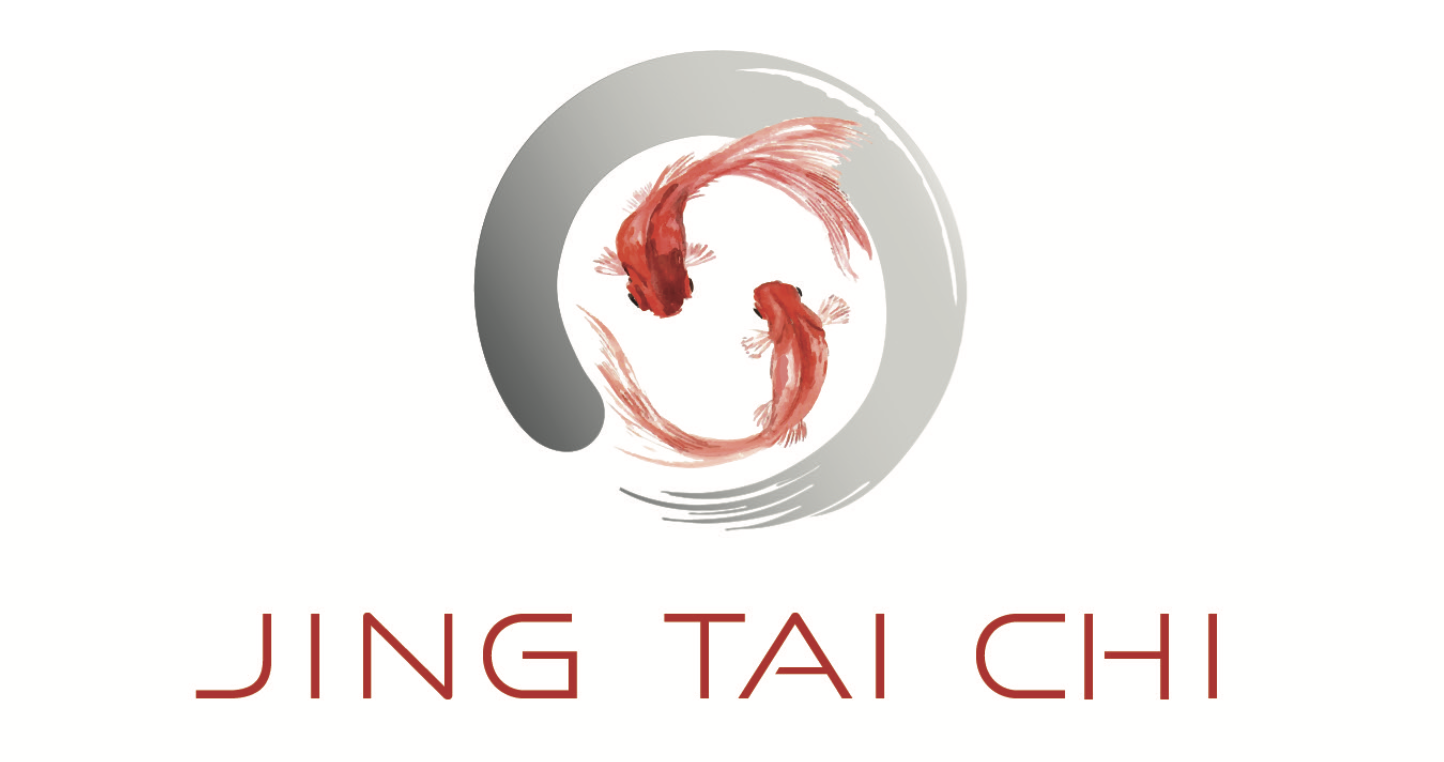How to Choose the Very Best Olive Oil
Is it good to buy virgin olive oil? What does extra virgin mean anyway? And is it worth the extra cost?
There’s more to buying a great bottle of olive oil than meets the eye. And with a few tips, you’ll know which are the most desirable oils and which ones to avoid. But before those tips, let’s take a closer look at olive oil.
Origin
Obviously, olive oil begins with olives! Olives are drupes, or stone fruits, just like apricots or cherries. There are hundreds of types of olives which, when blended, can make thousands of types of oils.
The olive tree, Olea europaea, is an evergreen tree or shrub native to the Mediterranean, Asia, and Africa. Now olive groves can be found all over Australia, North America and South America as well.
Color
Olive oil can be a pale yellow, gold, vivid green and anything in between.
Cooking
Although raw olive oil is excellent in dressings or as a finishing oil, it is also exceptional for cooking. It has a low smoke point, around 350º and is terrific for sauteing, baking, simmering and making sauces.. Some chefs will take extra virgin olive oil up to 400 degrees. See this video for more on that.
Before cooking with olive oil, keep in mind that olive oil flavors vary. They are often subtle and a good base for marinating or infusing with spices and can also work well for baking to produce light, moist, tasty treats. Be sure to experiment and choose one that won’t overpower your dish.
Flavor
Good quality oil can taste strongly of olives. As there are so many varieties of olives, the flavor of olive oil can vary greatly. Oils can taste buttery, peppery or even lemony. Better olive oil brands have expert tasters who check for any defects.
Age
Check olive oil for a “best used by” date. Also check to see if there is a date of harvest. Olive oil is not better with age! It’s best to consume olive oil no later than 18-24 months after harvest. Extra virgin olive oils will stay fresher longer because they are less acidic. Good olive oil is similar to fresh-squeezed juice; the fresher, the better.
When oils get old, they can spoil - or go rancid - and you never want to consume rancid oils. They can cause a myriad of problems including inflammation, stomach cramping, diarrhea, joint pain and worse.
Storage
Olive oil can oxidize when exposed to heat, light and oxygen. Keep the top on tight and store in a dark, cool cabinet. Once opened, it should stay fresh for about 6 months.
Nutrition
Olive oil is a superfood, with loads of antioxidants, polyphenols and anti-inflammatory compounds Bioactive compounds in quality olive oil can be found here.
Olive oil is an excellent source of monounsaturated fatty acids, famous for good heart health and the backbone of the Mediterranean diet.
There’s more!
